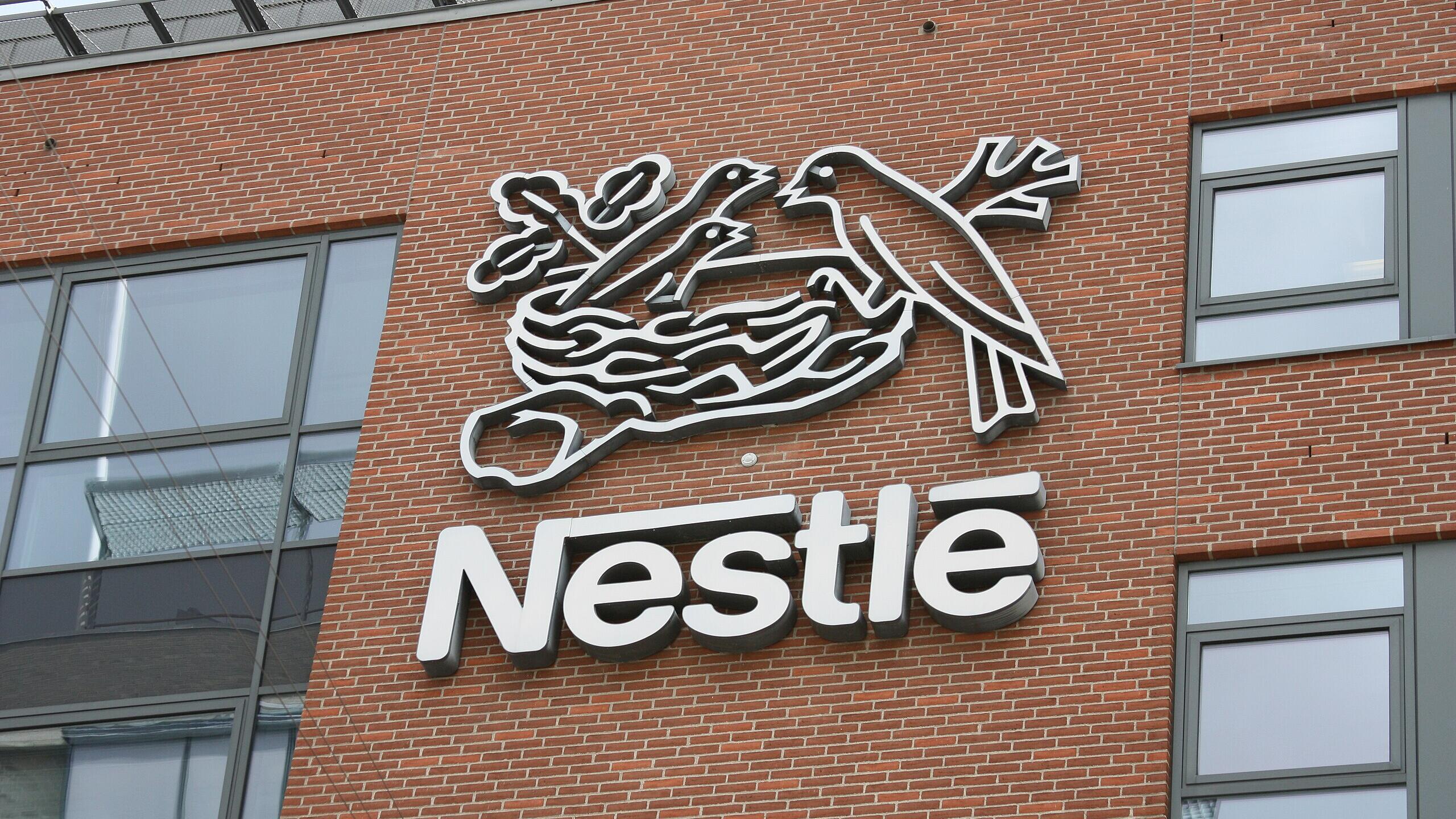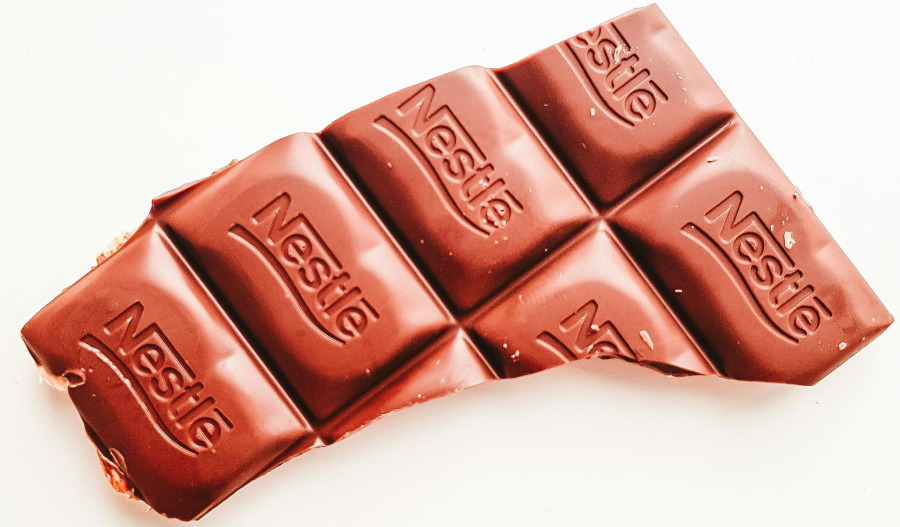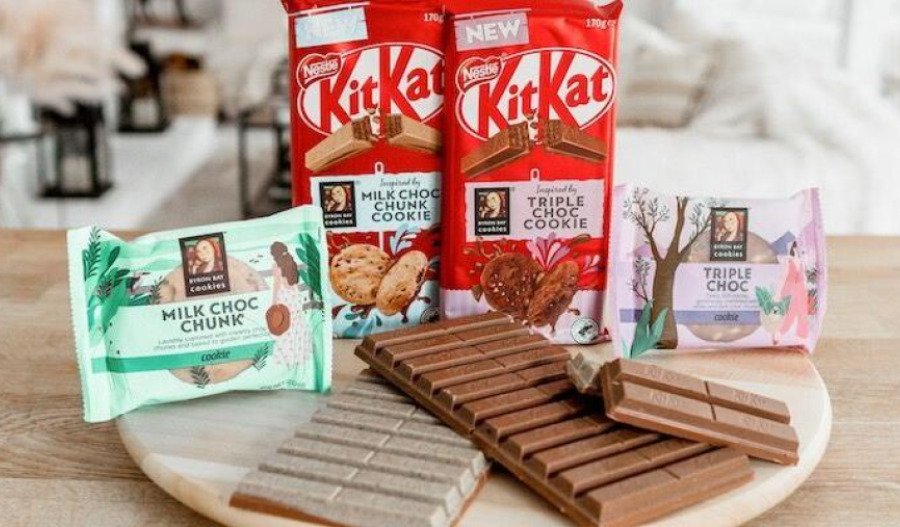In an attempt to cut costs and win back investor confidence, Nestlé, the world's largest packaged food company - owner of KitKat and Nescafé - plans to slash 16,000 jobs, close to 6% of its global workforce, over the next 24 months.
Job cuts by the Swiss-headquartered multinational, which also owns consumer goods brands including Häagen-Dazs ice-cream, Nespresso coffee capsules and Purina cat food, are expected to include 12,000 white-collar professionals and 4,000 people in its manufacturing and supply chain.
While the company has not provided details about the scale of job losses in individual countries, it said it wanted to increase efficiencies across the group, including automating more of its work processes.
Under investor pressure to bolster growth and reduce debt, new CEO Philipp Navratil told the market on Thursday that Nestle is now seeking savings of 3 billion Swiss francs by 2027, up from a previous target of 2.5 billion francs.
“The world is changing and Nestlé needs to change faster,” said Navratil, who last month replaced former CEO Laurent Freixe after he was fired for failing to disclose a romantic relationship with a subordinate.
“This will include making hard but necessary decisions to reduce headcount over the next two years. We will do this with respect and transparency.”
Despite the bulk of the company's U.S. sales being manufactured locally, U.S. import tariffs have been a headwind for Nestlé, with food producers across the board grappling with fragile consumer confidence and changing habits as people seek healthy diets.
Yesterday’s announced job cuts coincide with the company’s reported 1.9% year-on-year fall in sales to 65.9 billion francs in the first nine months of the year.
Much of the sales decline is being attributed to negative foreign exchange impacts of 5.4% however, on an organic basis, sales grew by 3.3%.
“As Nestlé moves forward, we will be rigorous in our approach to resource allocation, prioritising the opportunities and businesses with the highest potential returns,” said Navratil.
Meanwhile, previous efforts by the company to accelerate our growth momentum appear to be working.
A 1.5% rise in real internal growth - a measure of sales volumes - in the third quarter, well above analysts' expectations of a 0.3% rise, may offer Navratil some elbow room as he looks to make his mark following his sudden promotion.
However, higher sales were boosted by inflationary pressures leading to price rises, with “double-digit percentage increases in some markets”.
Sales growth was led by coffee and confectionery, where Nestle has had to factor in higher coffee and cocoa costs.
Geographically, all regions achieved organic growth, with emerging and developed markets expanding 5.2% and 2.1% respectively.
According to Chris Beckett, a consumer staples analyst at Quilter Cheviot, the new Nestle CEO has used yesterday’s results to indicate that despite his history as a career Nestle employee, it will not be business as usual.
“He is happy to take drastic action to arrest Nestlé’s slide. Management have grand ambitions to bring Nestle back to where it has historically been, but for now the company is a work in progress.”
Meanwhile, the Swiss company maintained its 2025 outlook and expects organic sales growth to improve compared to 2024.
The company expects underlying trading operating profit margin, excluding certain non-recurrent expenses, to be at or above 16% and for the medium-term, the forecast is at least 17%.
The margin forecasts include the higher U.S. import tariffs on Swiss goods of 39%, which came into effect in August.

Join our community of decision-makers. No card required
Join now
